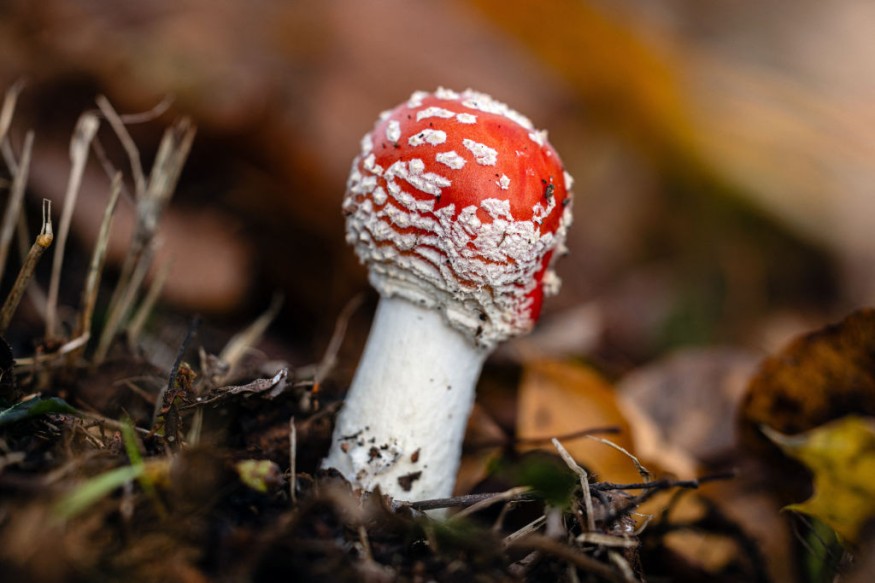A new study illustrates how soil fungi shape the global gradient of forest variety, especially the biodiversity of forests near the equator.
Microbes On Tree Diversity

Research published in Nature Communications Biology suggests those microbes in the soil-fungi in this case-appear to be influencing forest diversity on a global scale.
Forests on Earth have a distinct gradient from the equator to the poles: tropical forests near the equator support a high diversity of plant species, whereas forests near the poles support less plant diversity.
One theory for this occurrence holds that soil pathogens such as bacteria and fungi contribute to the formation of this gradient.
Pathogens that are peculiar to a species collect around adult trees, and their abundance can reduce the success of adolescents growing close to their parents, fostering species diversification.
This effect is stronger in warm, rainy settings, contributing to increased diversity in equatorial forests.
The research reveals the importance of two major groups of mycorrhizal fungi, ectomycorrhizal and arbuscular, on tree survival and variety. While both types improve juvenile tree survival, the study finds that ectomycorrhizal fungi have a stronger effect.
Ectomycorrhizal fungi produce a sheath around plant roots, which researchers believe protects the plants directly from infections. Ectomycorrhizae are more frequent at higher latitudes and are more likely to be specialists supporting a single tree species.
Arbuscular fungi are more widespread at the equator and may provide less resistance to infections. They are also less likely to specialize in one tree species. This means they are more likely to foster the growth of other tree species nearby.
The current study discovered initial evidence for both the diversity-promoting effects of arbuscular fungus and the diversity-reducing effects of ectomycorrhizal fungi, "which seems to suggest that these mechanisms could very well play a role in driving patterns of global biodiversity in tree species."
"Global patterns of biodiversity may not result solely from antagonistic relationships between trees and their pathogens, but also from symbiotic relationships with fungi in soils," said Matthew Baker, professor of geography and environmental systems at University of Maryland, Baltimore County (UMBC) and a co-author on the study.
Beginning Of Understanding Microbes
The latest findings on the function of fungi in global forest structure may only be the tip of the iceberg in terms of understanding how microbes impact global biodiversity patterns.
"Future research will leverage the available tree census data and generate additional microbial genetic sequencing data from 30 plots to directly link the microbiome to plant community structure," said Camille Delavaux, a lead scientist at ETH Zurich in Switzerland.
She added that these findings were only achievable because of an extraordinary global network of forest plots managed by the Smithsonian Institution's Forest Global Earth Observatory (ForestGEO) Network.
To be a part of the network, researchers at ForestGEO sites must agree to inventorying the trees in their plots every five years, which means recording the size and precise coordinates of every tree with a diameter of at least one inch inside the plot limits.
Some locations additionally collect data on wildlife, soil microbiology, and other topics utilizing the network's standardized protocols. The current study analyzed data from 43 of the 77 global ForestGEO plots, including one on the main campus of UMBC.
Related Article : Mycorrhiza: A Powerful Nourisher To Help Tree Species Diversity
© 2025 NatureWorldNews.com All rights reserved. Do not reproduce without permission.





